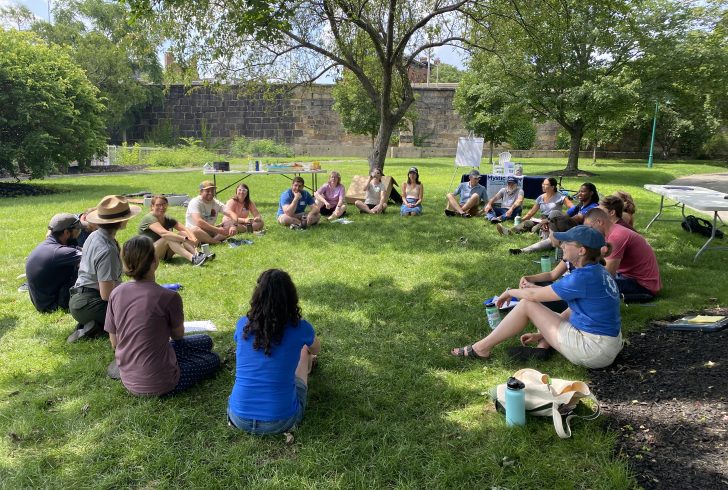
Teacher Institute – Application Deadline Extended!
Apply by March 17 for our 2024 Institute!

Apply by March 17 for our 2024 Institute!
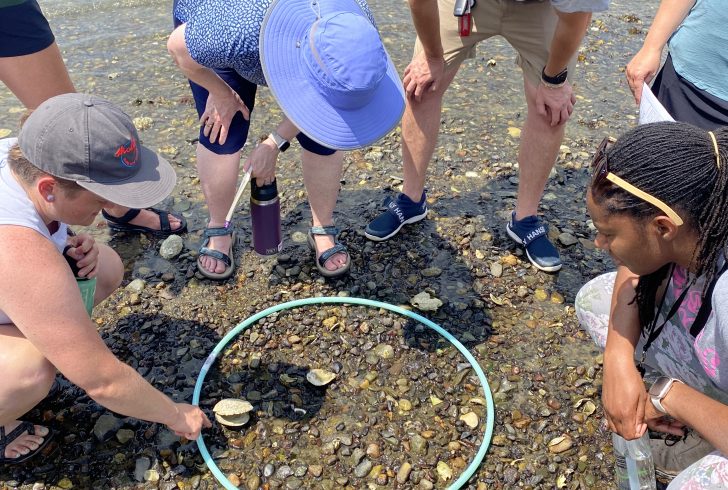
Applications are now open for our 2024 Summer Teacher Institute!
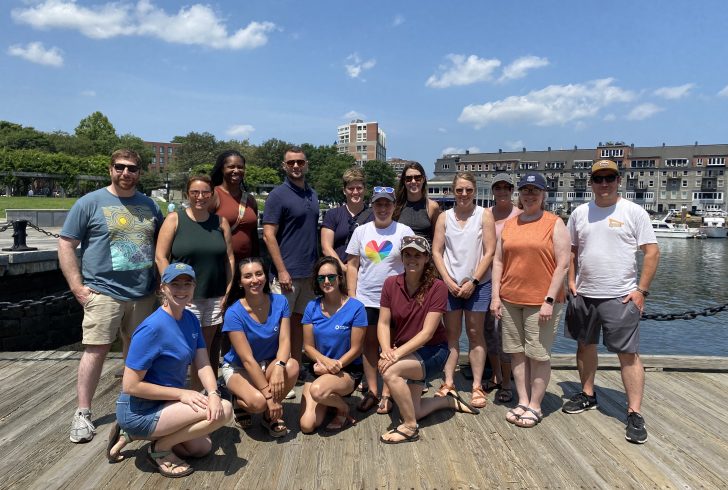
Learn what our education & engagement team were up to in 2023. Happy New Year!
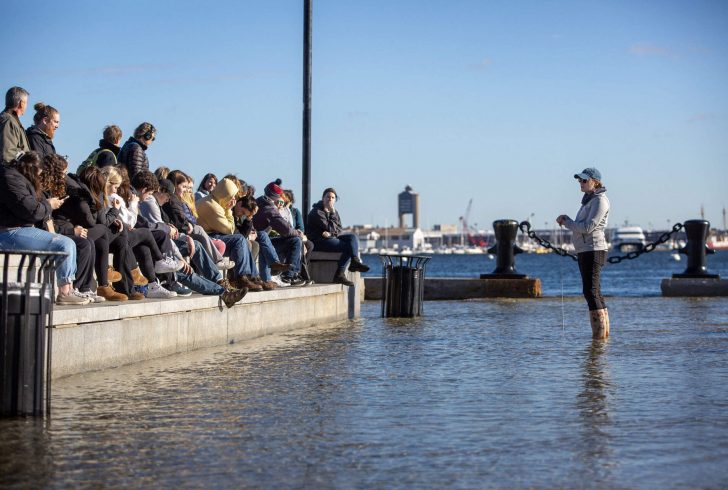
WBUR caught this stunning photo of Rebecca Shoer, our Senior Program Manager for Education and Engagement discussing wicked high tides with students at Long Wharf in November 2023.
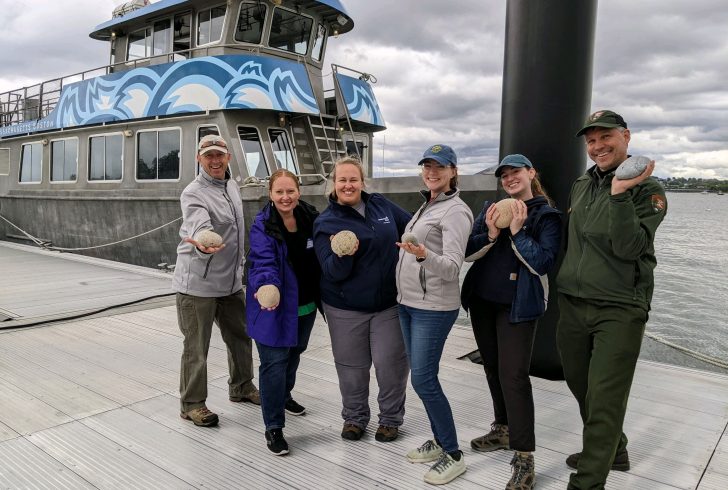
78 unique individuals representing 41 different organizations across the Commonwealth took part in the first year of our educational field trips this summer.
The Stone Living Lab has joined the steering committee for the 2023 Climate Beacon Conference to be held in Boston October 10 & 11.

Reflections from our second year of the Summer Teacher Institute by Summer Fellow Daria Healey!
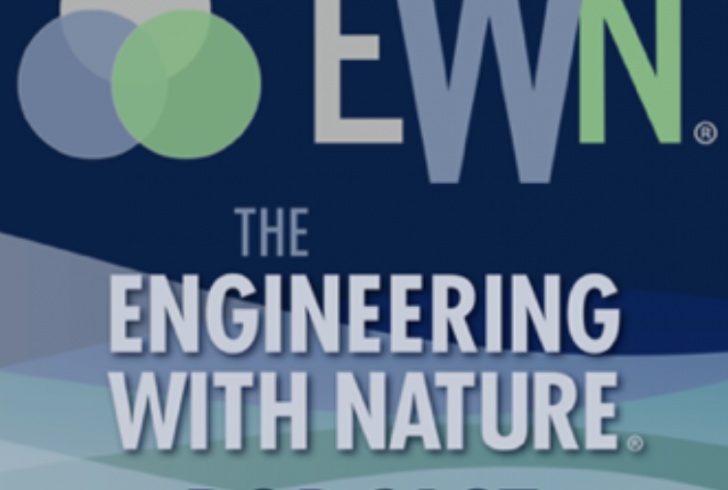
The City of Boston is experiencing climate change and taking action to build urban resiliency through their Climate Ready Boston initiative. In Season 6, Episode 2 of the EWN® Podcast, Host Sarah Thorne is joined by Co-host Andrew McQueen, Research Biologist in the Environmental Laboratory of the Engineer Research and Development Center, USACE, and Joe Christo, Managing Director of the Stone Living Lab in Boston, Massachusetts.
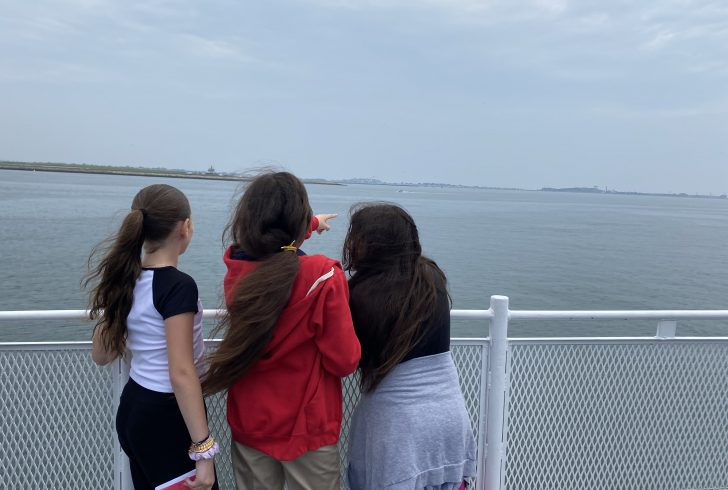
This spring, SLL and National Parks Service (NPS) staff created and piloted a series of brand-new lessons with fifth graders at Samuel Adams Elementary in East Boston. We used phenology to answer the question: "How do we know something is changing?"